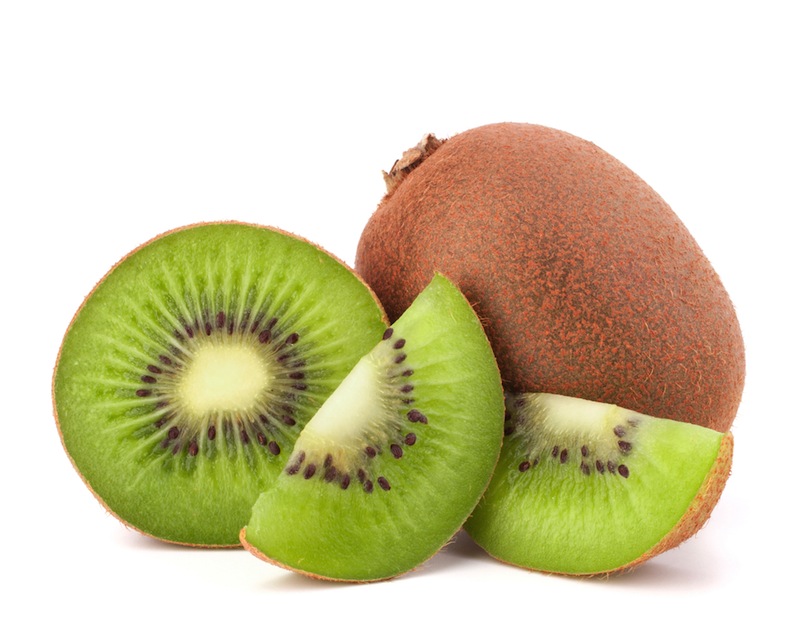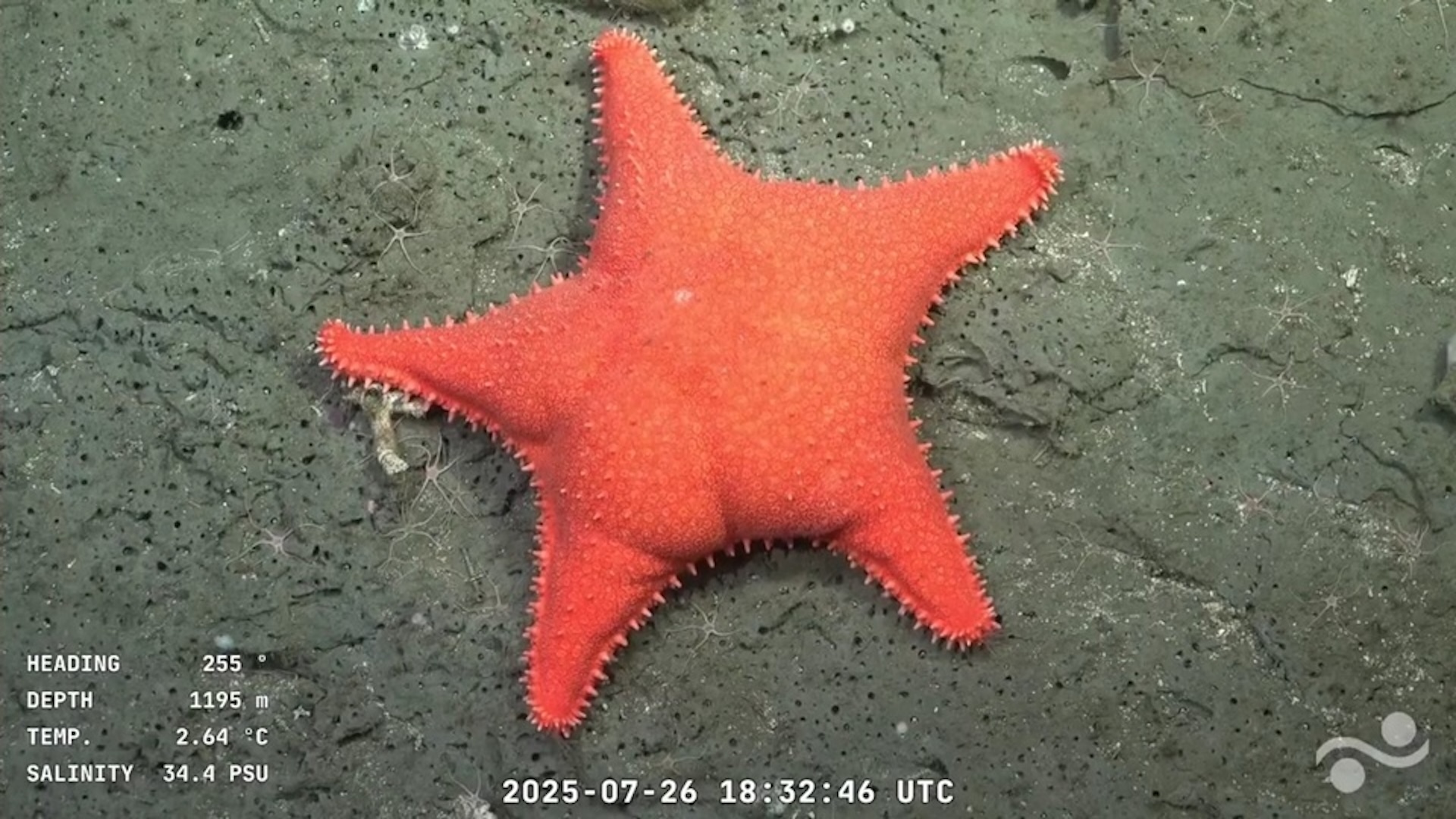
Fuzzy, green-fleshed kiwifruit shares many genes with shiny, red tomatoes. Plus, the kiwifruit is a genetic freak with duplicated DNA. A recent analysis of the funny fruit exposed its genetic secrets.
Approximately 27 million years ago and then again at 80 million years ago, the kiwifruits’ entire DNA sequence duplicated. Each time this happened, the fruit ended up with two identical copies of the same genes. However, this molecular mishap didn’t hurt the plant. Instead, the duplicated DNA took on new, beneficial functions.
LIST: Amazing Stories of Summer Fruits
“The duplication contributed to adding additional members of gene families that are involved in regulating important kiwifruit characteristics, such as fruit vitamin C, flavonoid and carotenoid metabolism,” said study author Zhangjun Fei of Cornell University.
Fei and his fellow geneticists analyzed the kiwi’s entire DNA sequence, or genome. They published their results in Nature Communications.
NEWS: Can Fruit Kick Candy to the Curb?
Among the 39,040 genes found in the kiwifruit, many were similar to distantly related species, including potatoes and tomatoes from the order Solanes, a biological classification one step up from “family.”
Get the world’s most fascinating discoveries delivered straight to your inbox.
Tomatoes and potatoes both hail from the Western Hemisphere, while kiwifruit originated in the mountains of southwest China. The fact that they contain similar genes after millions of years of separate evolution suggests that those shared genetic sequences may be important to the basic functioning of the plants.
Other plants share a closer family relationship with kiwifruit. Tea bushes, blueberries, Brazil nuts, azaleas and persimmons are all members of the plant order Ericales, along with kiwifruit.
This story was provided by Discovery News.
